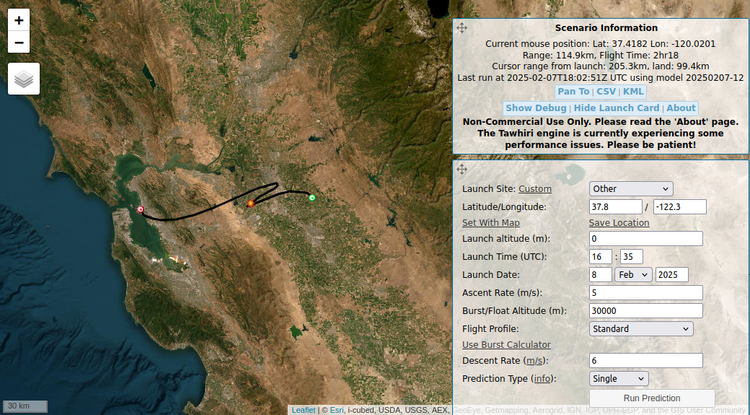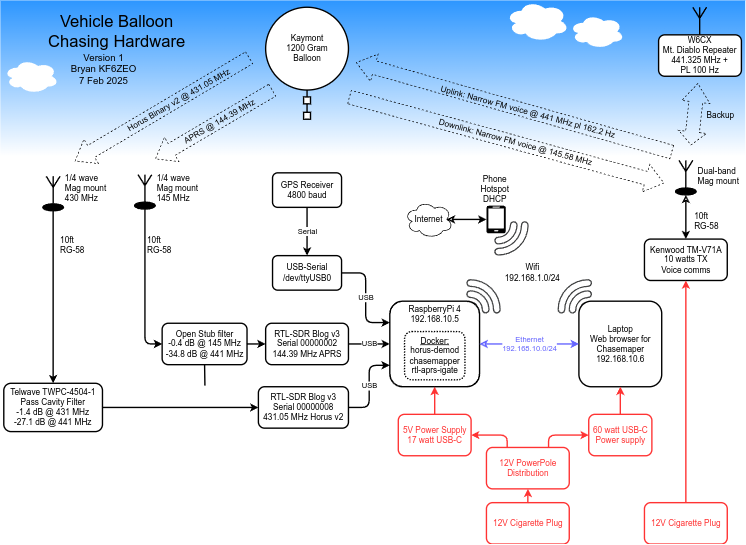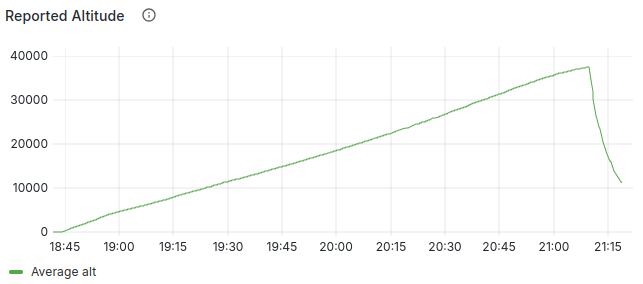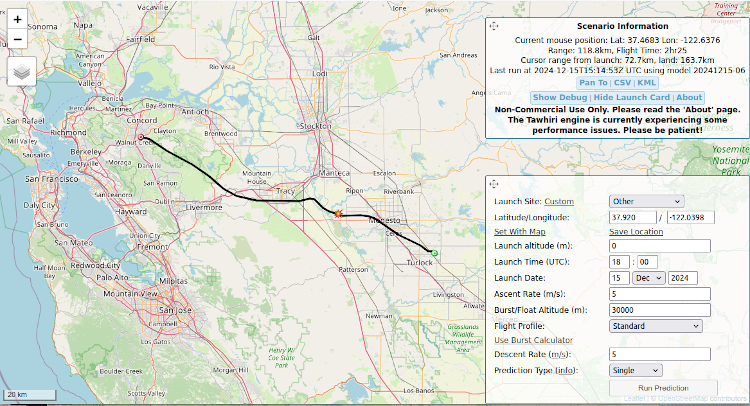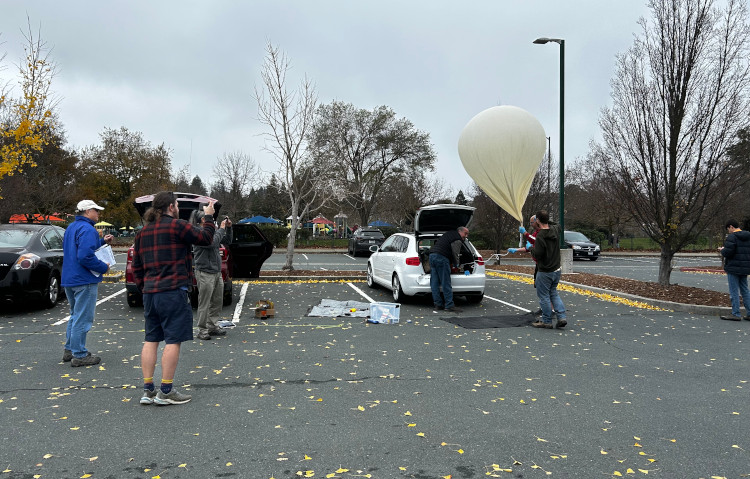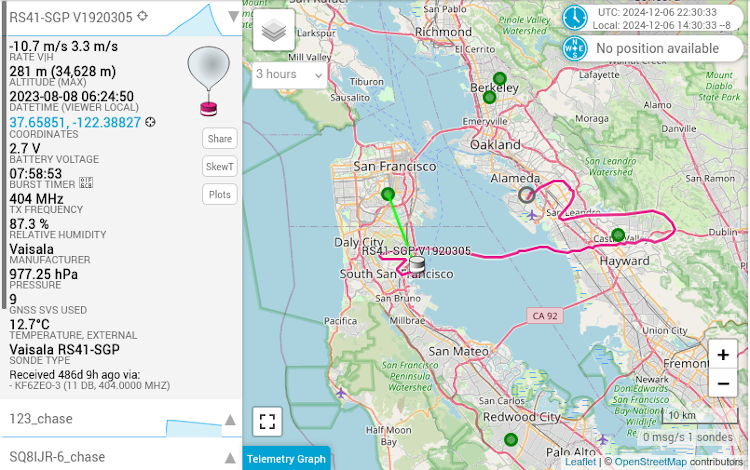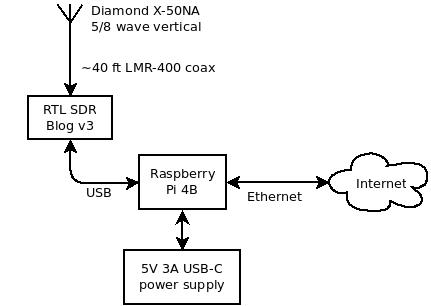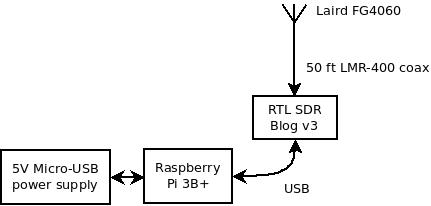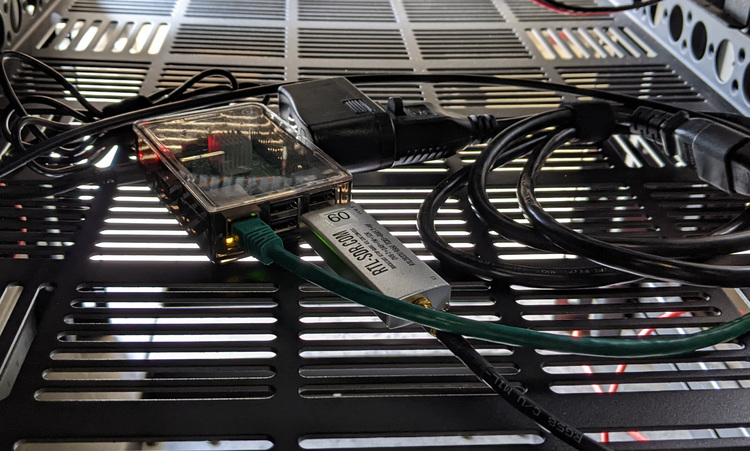One of the lessons learned from Launch 3 was we needed way to verify all payloads were working before releasing the balloon. For an APRS transmitter, this means getting the packets to the APRS Internet Service, where packets can then be viewed on many different websites such as aprs.fi.
Our usual launch site is too far away from an APRS IGate, so we had no way to verify that Kazu's RP2040 APRS transmitter was working for Launch 3. This APRS transmitter only puts out around 5 mW (~6 dBm), which is not enough power to make it through the trees and buildings to the nearest IGate. Unfortunately, we never heard from it on the flight.
Previous Work
There are several projects for running an APRS IGate on a Raspberry Pi with a RTL-SDR dongle. However, all of these projects use the entire Pi and/or recommend the desktop GUI version of Raspberry Pi OS. Downloading some random ISO to flash on an SD card didn't seem too appealing to me either, what else is installed?
Since I'm a big ...
Read More →